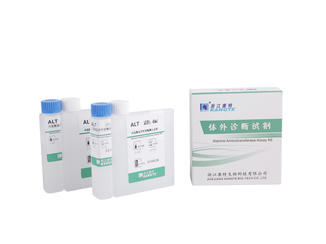Let us create a wonderful future together!
- Read the Instructions: Carefully read and understand the instructions provided with the Lipoprotein (a) Assay Kit before starting the assay. Familiarize yourself with the kit components, reagents, and equipment required.
- Prepare Samples: Collect blood samples from the individuals according to the specified guidelines. Ensure proper sample handling and follow any necessary pre-analytical steps, such as centrifugation or separation of serum or plasma.
- Reagent Preparation: Prepare the reagents as instructed in the kit manual. This may involve diluting or reconstituting specific components. Pay attention to any temperature requirements or incubation times for reagent stability.
- Calibration and Controls: It's important to use appropriate calibration standards and controls provided in the kit. These help establish a reliable reference range and verify the accuracy and precision of the assay. Follow the instructions to prepare and use the calibration and control materials.
- Assay Procedure: Perform the assay steps according to the kit instructions. This typically involves adding the prepared samples, controls, and reagents to the designated wells or tubes. Follow the recommended order and timing of each step, including any required incubation periods or mixing protocols.
【LP(a)】Lipoprotein (a) Assay Kit (Latex Enhanced Immunoturbidimetric Method)
Background of Clinical Indications
It is clinically used to evaluate the risk of cardiovascular disease. Serum lipoprotein (a) has no significant difference in the level of lipoprotein (a) between different age and gender groups. It has been confirmed that lipoprotein (a) is an independent risk factor for cardiovascular and cerebrovascular diseases and has no correlation with other lipids and apolipoproteins.




